




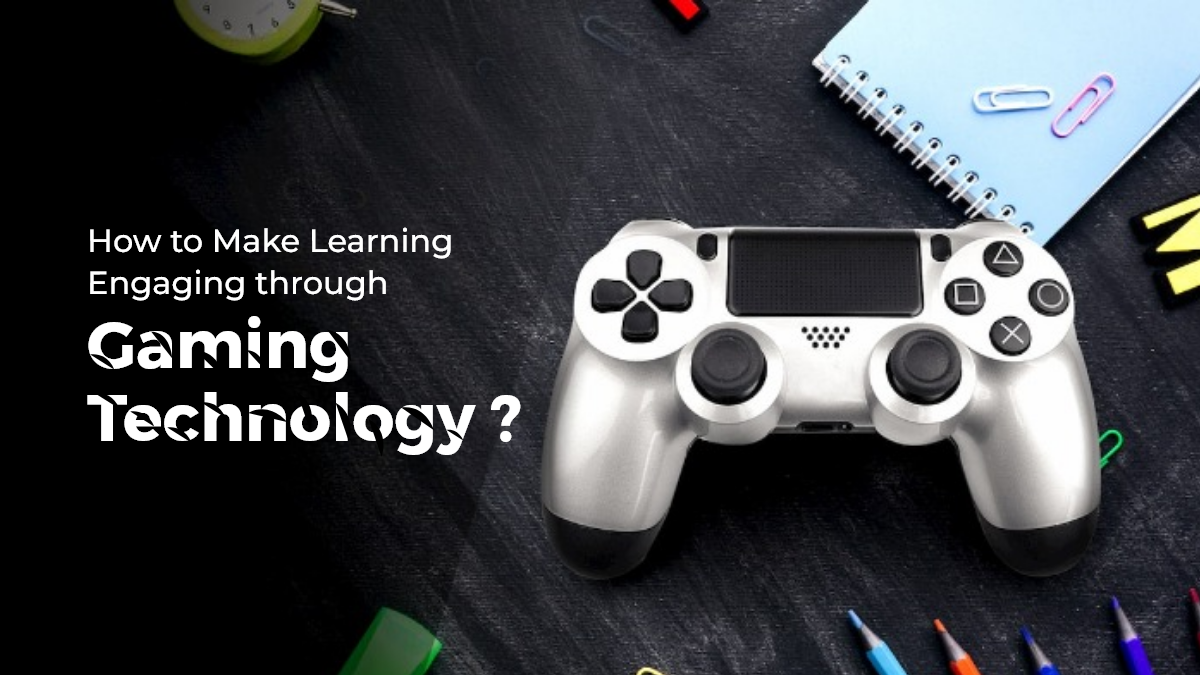
- February 02, 2023 by Mansi Garg
- 58 Views
What if you can combine the fun of gaming and the educational value of learning? This is an idea that has been gaining popularity in recent years as technology advances.
There are several challenges associated with this, but the possibilities are endless. With the right tools and a trusted mobile application development company, you can create an engaging and fun learning environment for your students. Here is a complete guide on how to make learning fun with gaming technology.
-
Table of Contents
-
- 1. What is the Gamification of Learning?
- 2. Benefits of Gamification in Learning
- 3. The Role of Metaverse Gaming in Learning
- 4. 5 Ways Mobile Apps Assist in The Gamification of Education
- 5. What Can Modern Technologies Boost the Learning Experience?
- 6. 3 Famous Gamification Learning Apps
- 7. How Can CodeAegis Help Businesses in the Gamification of Learning?
- 9. Final Thoughts
- 10. FAQs
-
What is the Gamification of Learning?
Gamification of learning is the application of game-like features to a learning environment. It includes elements such as points, badges, leaderboards, and achievements that encourage engagement with content and motivate learners to progress through their coursework.
In simpler terms, it is the use of game mechanics, such as rewards and incentives, to stimulate interest in learning activities. Gamification can also include storytelling, competition, and collaboration among learners.
It has become an increasingly popular way for educators to engage students in their studies and make learning more enjoyable. For instance, teachers may offer virtual points or badges for completing aspects of a course, such as quizzes or assignments.
Students may then compete against each other on leaderboards or participate in cooperative challenges with others in the class.
Benefits of Gamification in Learning
Gamification has several benefits in the education sector, such as increasing engagement, improving learning outcomes, and providing feedback. By applying game elements to an educational context, learners are more likely to be motivated and enjoy their learning experience.
- Increased Engagement: Gamification motivates students by making lessons engaging and encourages active participation during class time. This can help foster a sense of accomplishment as students move through levels or achieve goals within a lesson plan.
- Improved Learning Outcomes: Game-based learning has been found to improve student performance on quizzes, tests, assignments, and other tasks related to course material. The reward system for completing specific tasks or achieving particular objectives helps reinforce lessons taught in the classroom.
- Feedback: Gamified systems provide real-time feedback that can help teachers understand how well their students understand the course material at any given moment. This information allows them to adjust instruction accordingly to ensure that all learners receive what they need from each lesson effectively and efficiently.
- Self-Efficacy: Students who participate in gamified settings tend to have increased feelings of self-efficacy because they know that their efforts will be rewarded with tangible results like points or badges, which motivate continued learning.
- Collaboration: Gamified learning encourages collaboration by allowing players to interact with one another while working towards a common goal or purpose. Students must communicate to solve problems, complete tasks, and progress through levels together.
This helps them develop strong social-emotional skills such as team building and leadership that will serve them well long after their time spent playing games is over. - Fun: The most important benefit—and arguably the best—of introducing gamification into education is that it makes learning fun! When learning is interactive and entertaining, it's easier for kids (and adults!) to stay engaged and motivated.
Games provide an enjoyable way for students to engage in academic topics without feeling like they're doing "boring" schoolwork. - Social Learning: Gamified learning environments also provide an effective platform for social learning, allowing learners to interact with each other and solve problems together. This helps them develop problem-solving skills and encourages collaboration which are essential life skills they can use in the real world.
The Role of Metaverse Gaming in Learning
Metaverse gaming has the potential to bridge the gap between the real world and virtual learning. By allowing players to immerse themselves in a digital environment, they can participate in activities designed to teach them essential skills such as problem-solving and critical thinking.
This interactive learning experience encourages exploration and creativity while providing an engaging way for students to acquire knowledge.
With its immersive visuals, customizable features, and user-friendly interfaces, Metaverse gaming allows learners of all ages and levels of proficiency to explore ideas outside the traditional classroom setting.
This could be particularly useful for those who wish to learn more complex subjects such as mathematics or engineering but don’t have access to them or time constraints that prevent them from attending physical classes.
Additionally, it provides a safe space for users who may not feel comfortable discussing specific topics face-to-face with other classmates or teachers due to the stigma associated with their backgrounds, race, or gender identity.
Ultimately, Metaverse gaming can play a vital role in introducing students to new realms of knowledge where there is no limit on what might be achieved if we use this technology correctly and responsibly.
5 Ways Mobile Apps Assist in The Gamification of Education
The demand for mobile and mobile app development companies that can offer educational apps has skyrocketed in the last few years. This is because mobile applications are becoming increasingly effective as they provide a platform for educators and learners to push boundaries and explore fresh ideas. Mobile apps assist in the gamification of education by offering features like:
- Instant Feedback: Mobile applications provide instant feedback to students on their performance and progress in educational activities, helping them understand the rewards associated with completing tasks correctly.
- Adaptive Learning Programs: Educational mobile apps can be tailored to offer personalized instruction that adapts to a user’s needs and interests, providing an engaging learning experience while also tracking student progress data over time.
- Quizzes & Challenges: Gamifying education encourages players to complete tasks effectively by offering fun quizzes and challenges requiring cognitive effort to complete the task at hand.
- Unlockable Achievement Badges: Providing badges or awards for activities completed successfully is one-way mobile applications reinforce good learning habits through gamification techniques such as points, levels, or leaderboards.
- Social Connectivity: Schools can use mobile application technology to connect learners around the world with each other allowing them to collaborate on projects and stimulate friendly competition within their peer group, which in turn motivates them further towards acquiring knowledge.
Read More:- Benefits of NFT Gamification To Transform Gaming Industry
What Can Modern Technologies Boost the Learning Experience?
Modern technologies can help teachers better engage with students, personalize instruction and create an immersive educational environment. As technology evolves, the potential applications for boosting learning experiences continue to grow. Here are six of the most popular modern technologies being utilized in classrooms today:
- Virtual Reality:
-
Virtual reality allows users to explore virtual worlds through a headset or 3D goggles, providing an immersive way to learn about different cultures and environments. With VR’s ability to offer interactive visuals and audio effects, it can make learning more engaging than ever before.
-
Augmented Reality:AR builds on VR by layering digital elements onto real-world scenes viewed through phones or tablets; this makes it possible for students to interact with virtual objects in their physical surroundings as they learn about different subjects like science or history.
-
Wearable Devices:Wearables have become increasingly popular among educators since they allow them to track student progress and monitor biometric indicators such as heart rate, which might indicate stress levels during tests or quizzes so that teachers can adjust if needed.
-
Artificial Intelligence (AI):AI is being used in various ways within education, from grading student work quickly and accurately using AI to providing personalized teaching and tutoring options. AI can also help teachers better understand the needs of their students by analyzing data from quizzes, tests, and other assessments. AI is even being used in virtual reality (VR) learning environments where students can explore complex concepts in a more immersive environment.
-
Automated Learning Technologies:Automated learning technologies like adaptive learning platforms provide customized curricula that adjust to individual students’ strengths and weaknesses as they progress through the course material. These tools allow for a more personalized approach to instruction that helps keep students engaged while allowing instructors to focus on specific areas of need or interest within each lesson plan.
-
Mobile Apps:
-
More and more education institutions are taking advantage of mobile apps, which allow them to provide access to lecture materials, syllabi, notes, etc., right at their fingertips any time they need it! This allows students to further engage with course material when away from campus or outside traditional classroom hours, making educational content available anywhere, anytime!
3 Famous Gamification Learning Apps
Modern technologies can help teachers better engage with students, personalize instruction and create an immersive educational environment. As technology evolves, the potential applications for boosting learning experiences continue to grow. Here are six of the most popular modern technologies being utilized in classrooms today:
- Kahoot: This app allows teachers to create multiple-choice quizzes and games for their students. After creating a quiz, teachers can assign it to the class, who answer questions using any device they have with them at school (or even from home). Kahoot is great because it provides real-time feedback on student progress and helps foster competition among classmates.
-
QuizletQuizlet provides users with flashcards, diagrams, audio clips, videos, and games that help reinforce new material learned in class. It’s effortless for teachers to set up digital flashcard sets or other activities so students can study anywhere – at home or during breaks between classes – instead of relying solely on paper cards or textbooks.
-
DuolingoDuolingo is a digital language-learning platform that uses gaming elements to make the learning experience more engaging. With Duolingo, students can practice their new language skills at home and track their progress over time. Teachers may also assign students specific activities in the app for additional review or reinforcement of the material.
These three apps provide teachers an easy and fun way to integrate technology into the classroom and boost student engagement with challenging topics or materials. It’s important to remember that every classroom is different, so it’s essential to find what works best for your class – but these apps are great starting points!
How Can CodeAegis Help Businesses in the Gamification of Learning?
CodeAegis is a leading mobile app development company in the USA and UAE with a mission to develop innovative, meaningful, and powerful digital solutions for businesses.
Our specialized team of app developers has deep knowledge of the gaming industry. It has access to a wide range of technologies that enable us to design unique gaming strategies as per business requirements. With our expertise in gamification, we can provide customized solutions for businesses that can help them create engaging learning experiences for their employees.
We also strive to ensure that all projects are completed within stipulated time frames while preserving quality standards throughout development processes. By integrating state-of-the-art tools with advanced game design elements into existing software, CodeAegis enables companies to effectively engage their employees through interactive games and simulations.
Final Thoughts
That's all for today. This blog has discussed the most effective ways to use gaming technology in the classroom. We have discussed the advantages of using game-based learning, creating an engaging and immersive learning experience for students, incorporating interactive activities into lessons, and tips on using gaming tech in teaching.
Gaming technology has quickly become a powerful tool that teachers can employ when providing enjoyable and exciting learning experiences for their students.
Educators can create enriched educational experiences that stimulate student engagement and promote academic achievement by properly utilizing these tools. Besides, if you need any help in getting the most out of gaming technology, you can contact a trusted gaming app development company.
FAQs
How can gaming technology help engage students in learning?
Gaming technology can be an effective tool to promote engagement and motivation within the classroom. Games are often interactive, requiring players to actively participate in the experience.
This level of participation helps keep learners focused on their tasks while providing a fun way to practice skills and test knowledge.
What types of gaming technology work best for learning?
The best gaming technology type depends on the objectives and desired outcomes. For example, digital board games are great tools to help students build problem-solving skills and increase engagement.
Augmented reality (AR) apps can provide visual demonstrations of complex topics in a way that is engaging and interactive. Virtual simulations allow students to practice real-world scenarios without leaving the classroom.
Do I need special equipment or software to use gaming technology in my classroom?
No. Many online platforms now provide downloadable interactive activities that require only basic computer hardware or mobile devices such as smartphones or tablets.
Educators may also choose from thousands of free apps designed specifically for education purposes – many even include built-in lesson plans!
About Author
You May Also Like

Flutter vs. React Native: Which One is Better for Mobile App Development?
The two hottest frameworks in the mobile app development world are Flutter and React Native. They’re both cross-platform solutions that allow you to write code once and deploy it to Android and
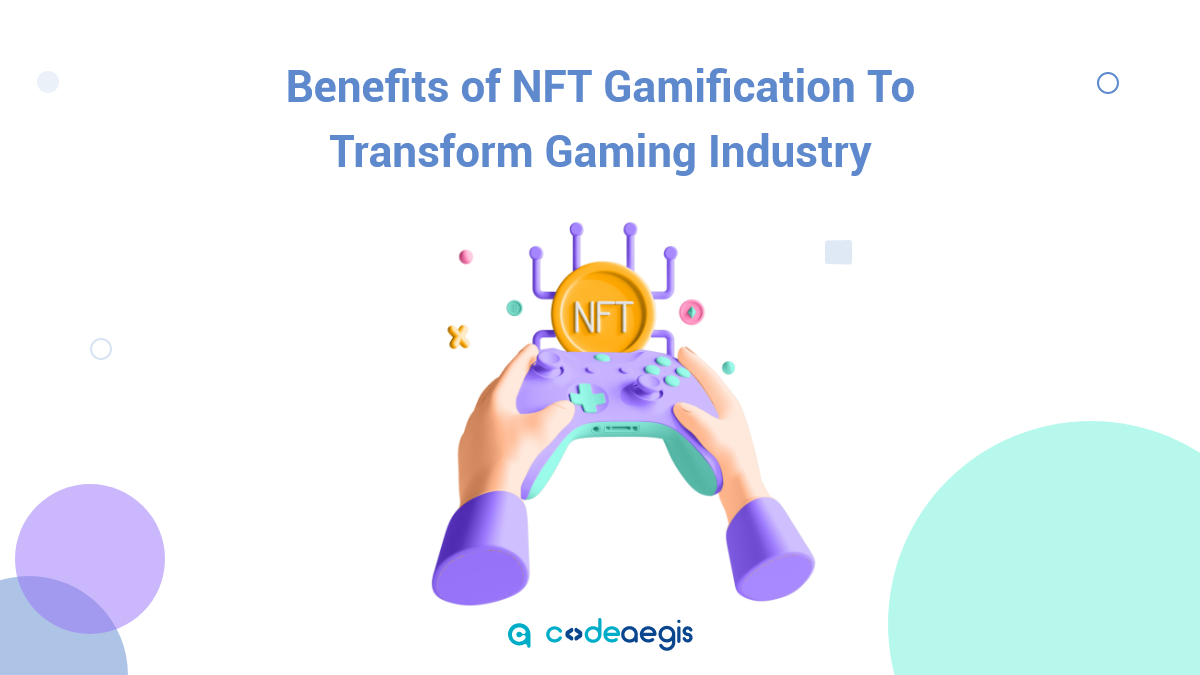
Benefits of NFT Gamification To Transform Gaming Industry
In recent years, the gaming industry has seen a surge in popularity, with many gamers turning to online gaming platforms and console games in order to escape reality. With so many people playing video

How Can Wearables Influence Mobile App Development Future?
In the last few years, wearables have become increasingly popular. Fitness trackers, smartwatches, and even smart glasses are becoming more and more commonplace. And as the technology improves and bec

Tech Trends Transforming the Business Landscape
“Our future world will have to find equilibrium in the technology pendulum swing.”-Stephane Nappo Technology has always been a major driving force behind changes in the business landscape
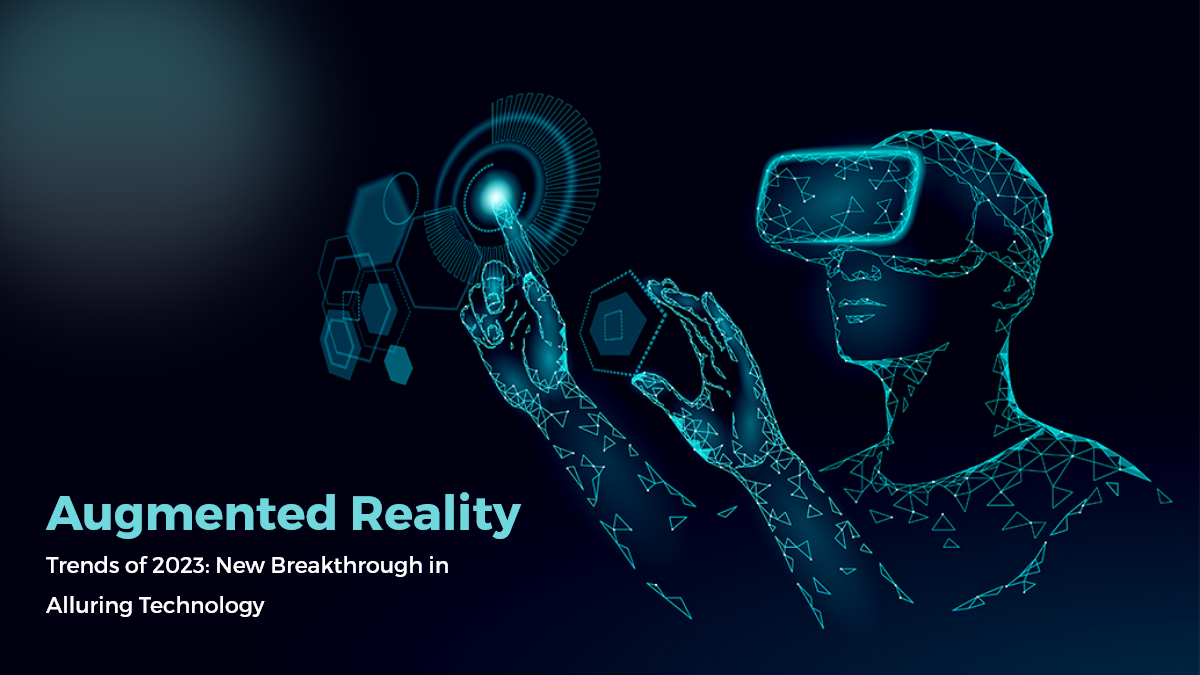
Augmented Reality Trends of 2023: New Breakthrough in Alluring Technology
Technology has come a long way in the past decade, and augmented reality (AR) is one of the most exciting development fields. AR technology superimposes digital content into the real world, creating a

Legacy Application Modernisation: What It Is, Why You Need It, And How To Do It?
Mobile app development is quickly becoming a necessity for businesses. As the world becomes increasingly digital, companies of all sizes rely on mobile apps to reach customers and increase customer en

The Rise of Progressive Web Apps (PWA): Enhancing User Experiences
In today's digital world, businesses must keep up with ever-increasing consumer expectations and find new ways to engage their audience. That's where Progressive Web Apps (PWAs) come in. PWAs are a r
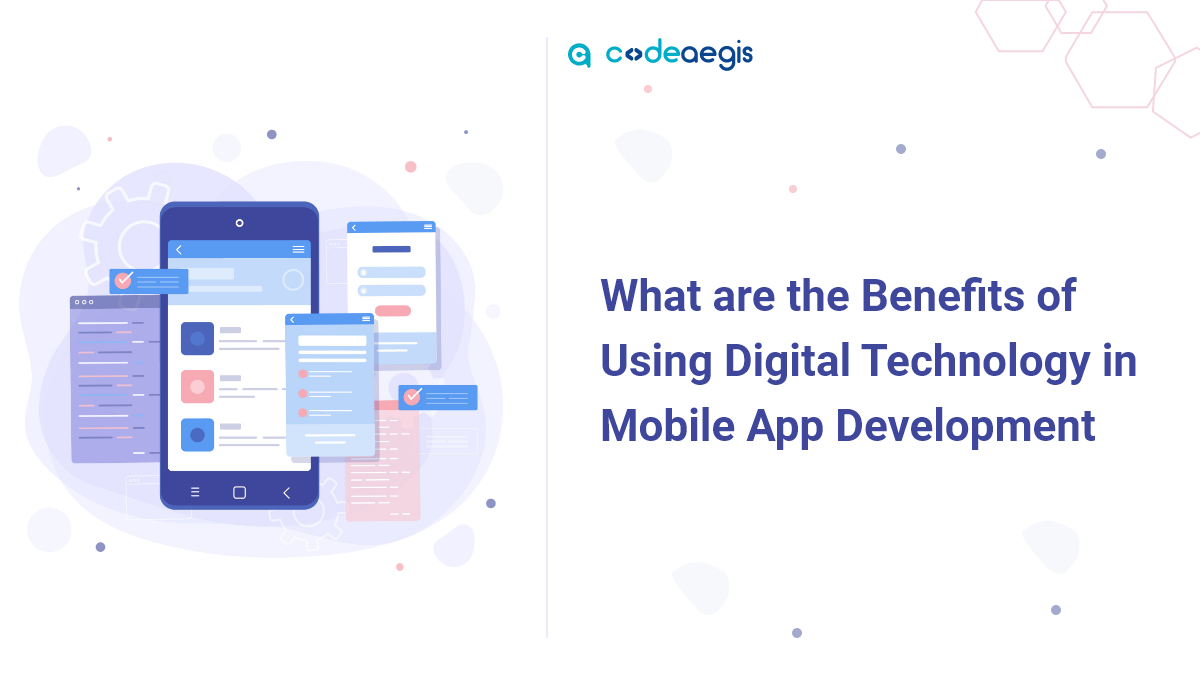
What are the Benefits of Using Digital Technology in Mobile App Development
With the ubiquity of smartphones and tablets, it only makes sense that mobile app development - which is the process of creating applications for smartphones and tablet devices - is becoming more popu

9 Things Users Want from a Mobile App
The mobile app market has grown to a staggering size, with over 1.8 million apps available in the Google Play Store and Apple App Store combined. Mobile apps have become a necessity for peop

5G Launch Will Revolutionize the Mobile Industry: Know How!
Prime Minister Narendra Modi eventually launched 5G in India at the 6th edition of the IMC (India Mobile Congress). Reliance Jio and other telecom organizations documented the various use cases of 5G
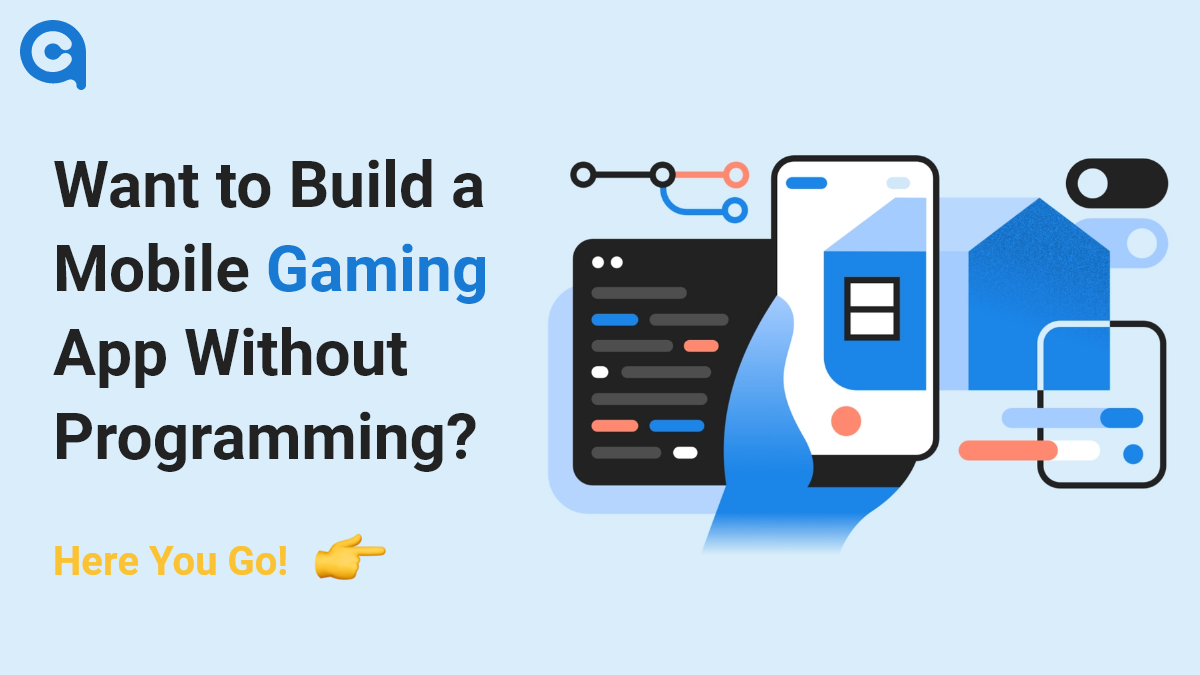
Steps to Keep in Mind To Build Your Next Gaming App With Zero Coding!
Do you want to build a simple app for your business? Do you want to create an app that enhances the experience of users who play games on their smartphones? Whatever your reason, I have created this g

How is Metaverse Presenting New Possibilities for Healthcare Businesses?
In the augmented reality world, the metaverse concept has gained significant attention. It represents the convergence of physical and virtual spaces, providing users with a platform to interact and en
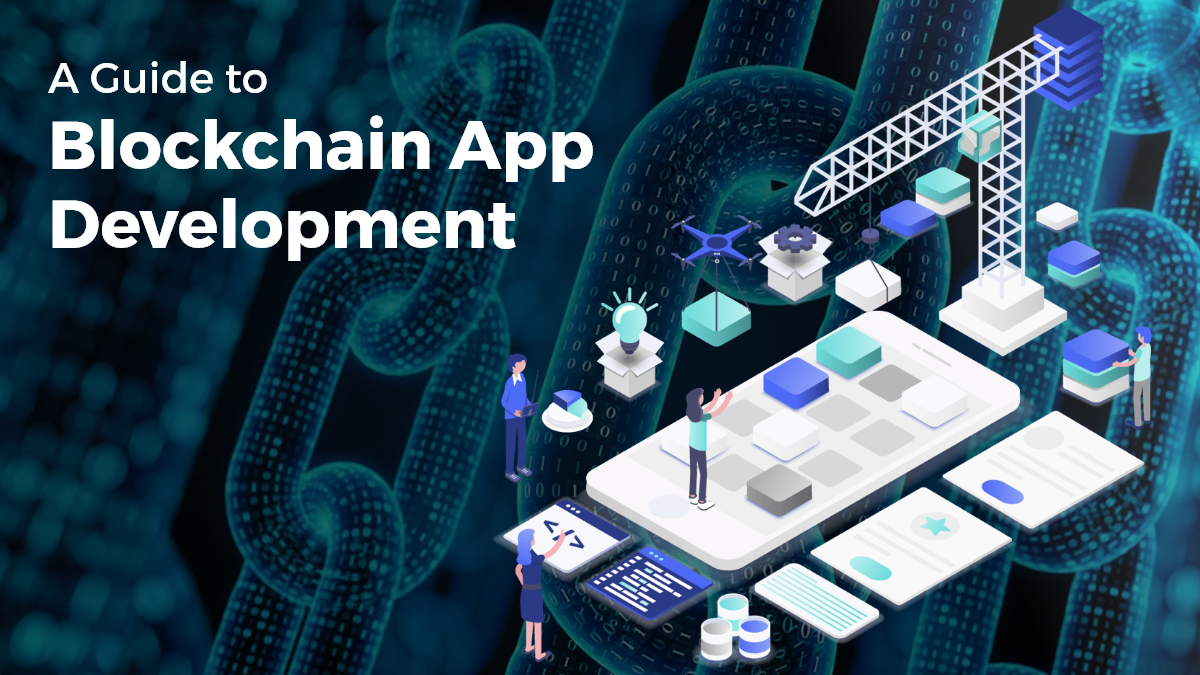
A Guide to Blockchain App Development
Blockchain technology has been a hot topic recently due to its potential to revolutionize various industries. Blockchain is a distributed ledger technology that ensures transparency, security, and dec

How is Metaverse Impacting the Future of eCommerce?
Lately, the tech world has been abuzz with talk of the Metaverse, a groundbreaking concept that promises a shared virtual space where people can interact and engage with one another. This futuristic i

Top New Blockchain Technology Trends to Follow in 2023
Picture this - a world where business transactions are seamless, secure, and transparent. This might have seemed like a distant dream before the advent of cryptocurrencies and blockchain technology, b
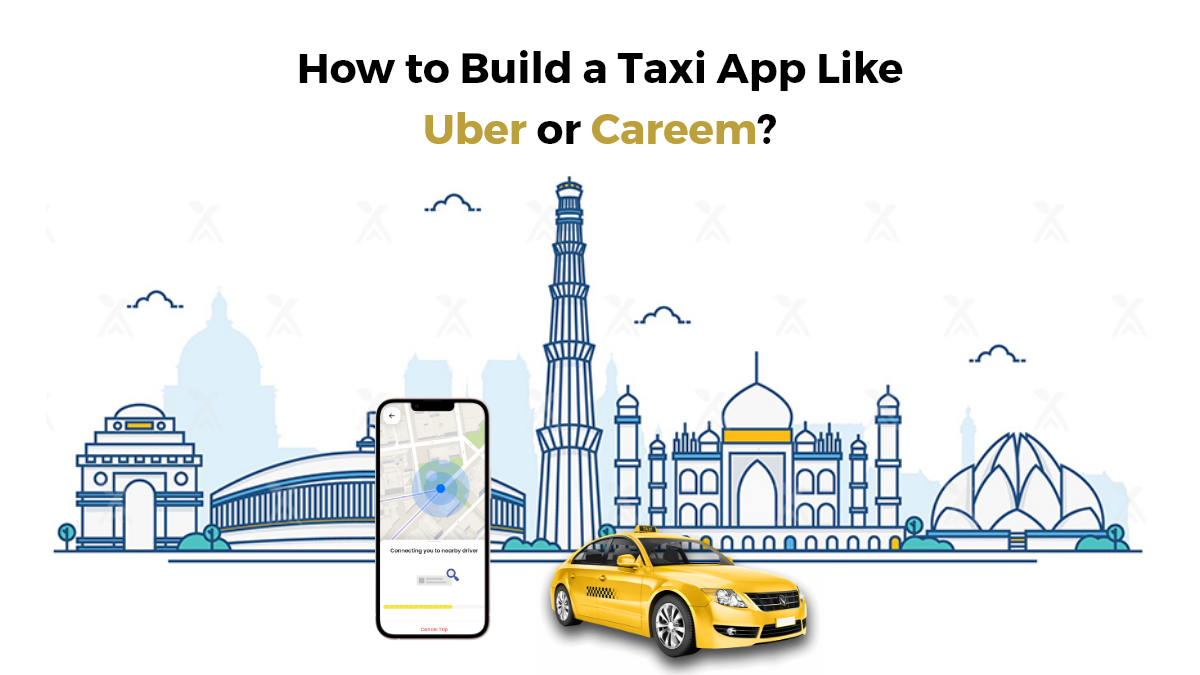
How to Build a Taxi App Like Uber or Careem? Everything You Should Know!
Gone are the days when people used to wave down a taxi on the street or wait for one at the airport. With the advent of technology, people can now book a taxi with just a few taps on their smartphones
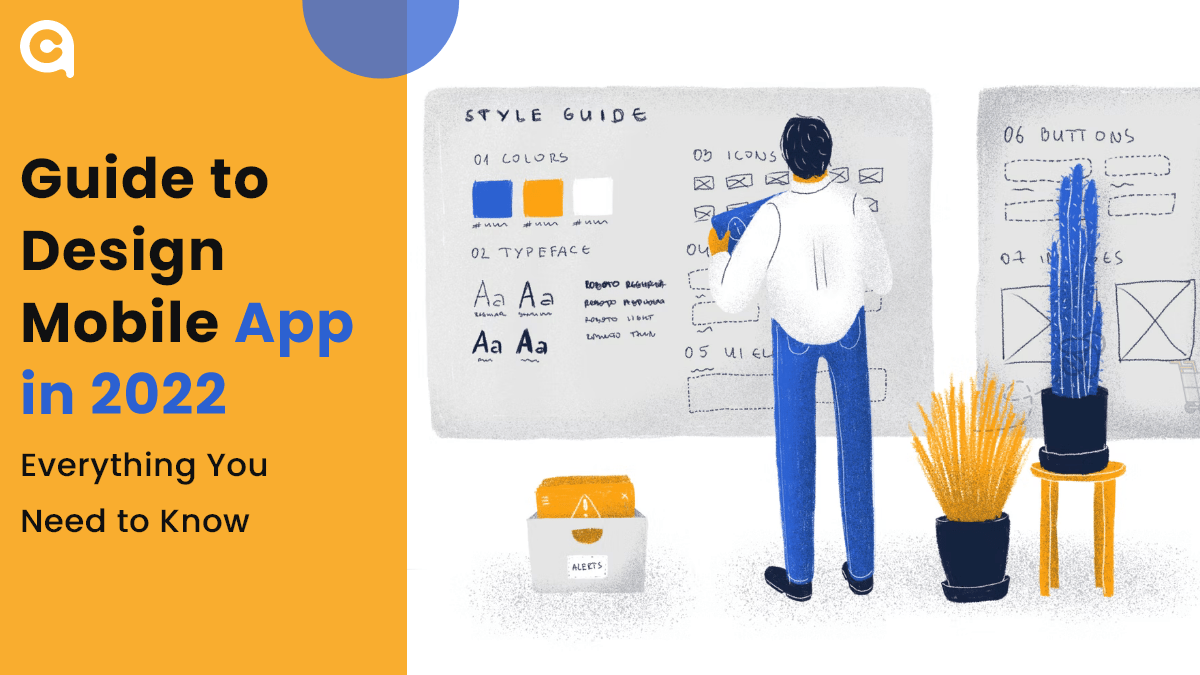
Guide to Design Mobile App in 2022 | Everything You Need to Know
Are you looking to design a mobile app in 2022? Well, mobile application development is an ever-changing field, and it can be hard to keep up with the latest trends and best practices. But w
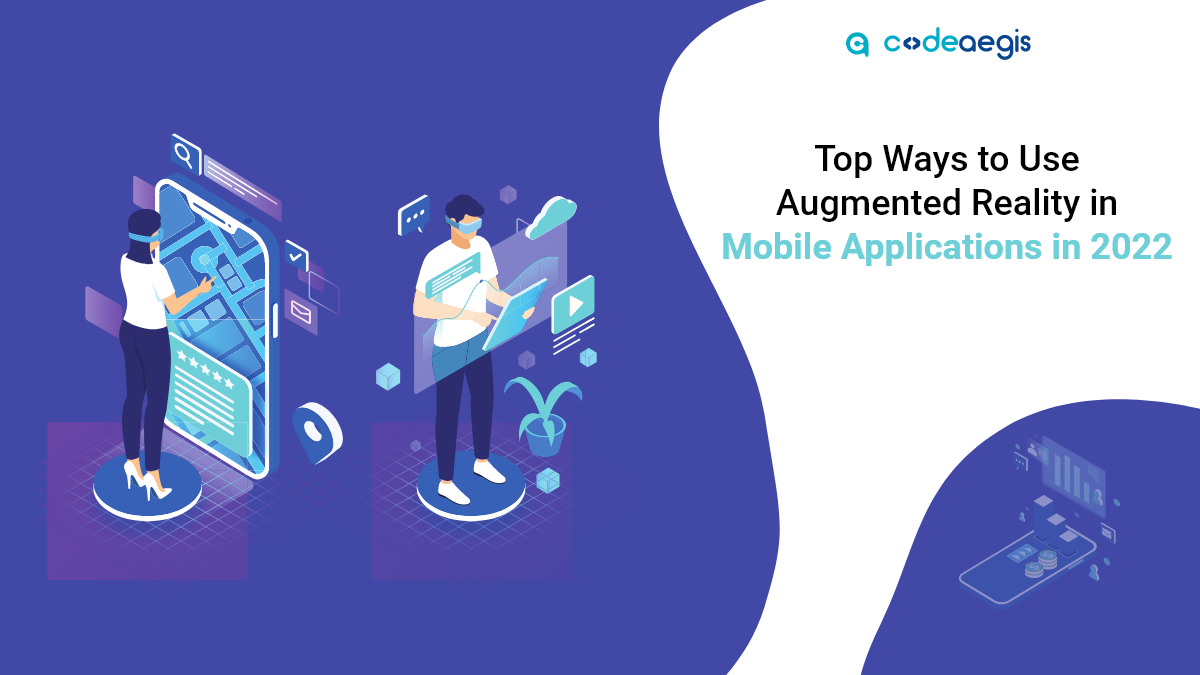
Top Ways to Use Augmented Reality in Mobile Applications in 2022
Augmented Reality and Virtual Reality are the two leading buzzwords in the technology era. What began as a completely new, significantly different technology has rapidly revolutionized into something
_replaceDesigningreplaceforoice-EnabledreplaceWebreplaceExperiences.png)
Voice User Interface (VUI): Designing for Voice-Enabled Web Experiences
Imagine a world where you can speak your thoughts and desires, and the digital realm responds promptly, seamlessly integrating into your daily life. Whether you want to search for information, contro
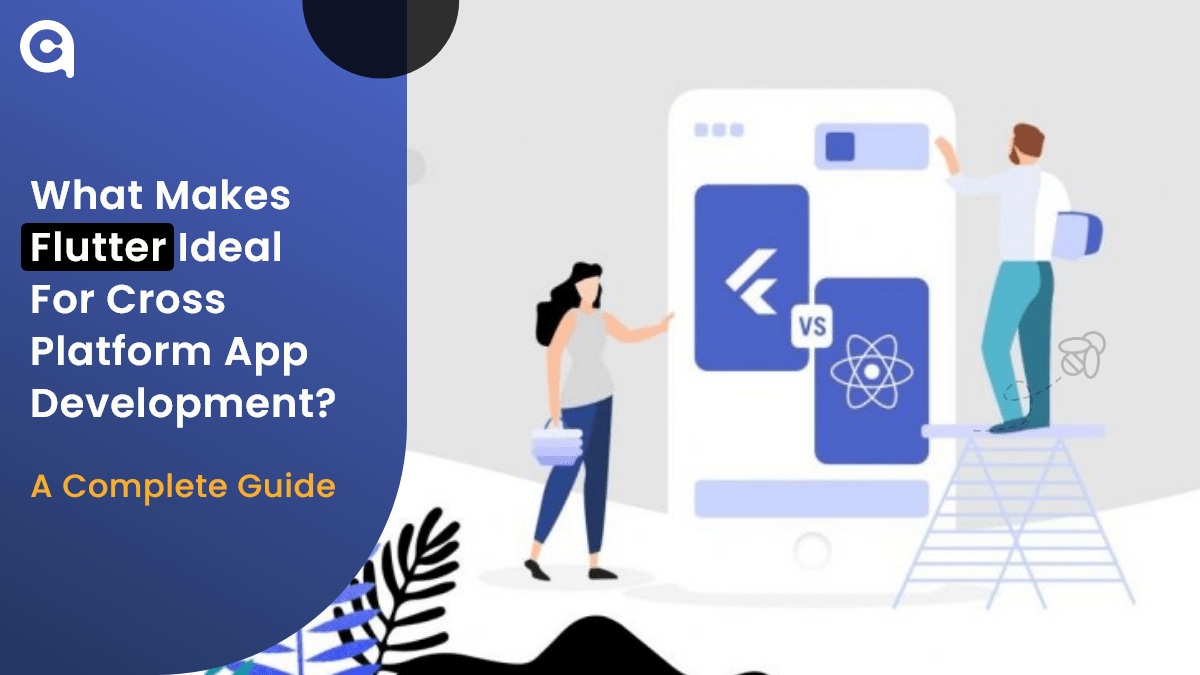
What Makes Flutter Ideal For Cross-Platform App Development? - A Complete Guide
Table of Contents 1. What is Flutter? 2. Why Choose Cross-Platform Development? 3. Why is Flutter the Best Platform to Make Cross-platform Applications? 4. How Much Does it Cost to

Everything You Need to Know About Android 13 Beta 4
Google released Android 13 beta 4 to the public, and with it comes a slew of new features and updates. In this article, we'll walk you through everything you need to know about the latest version of A

WWDC 2023 Overview: A Glimpse into Apple's Future
An extensive background working in Tech, Travel, and Education Industries. Currently involved in entire business operations process: Benefits strategy and implementation, systems integration, Human Re

Create a DeFi Staking Platform in 2023: A Complete Tutorial
DeFi is a new kind of investment that’s taking the world by storm. So what is it? Essentially, DeFi is a digital asset class that allows you to invest in cryptocurrencies and other digital asset

How To Create A Money Transfer App? Everything You Should Know
Nowadays, the financial industry has encountered massive digitization, and mobile apps play a significant role in it. There are a wide variety of money transfer apps available, catering to the needs a

Find Out How Our Clients Reviewed Us On Clutch
It's no secret that the digital world has transformed many aspects of our lives, and it is only going to continue changing in ways we can't even imagine yet. To help businesses keep up with this rapid
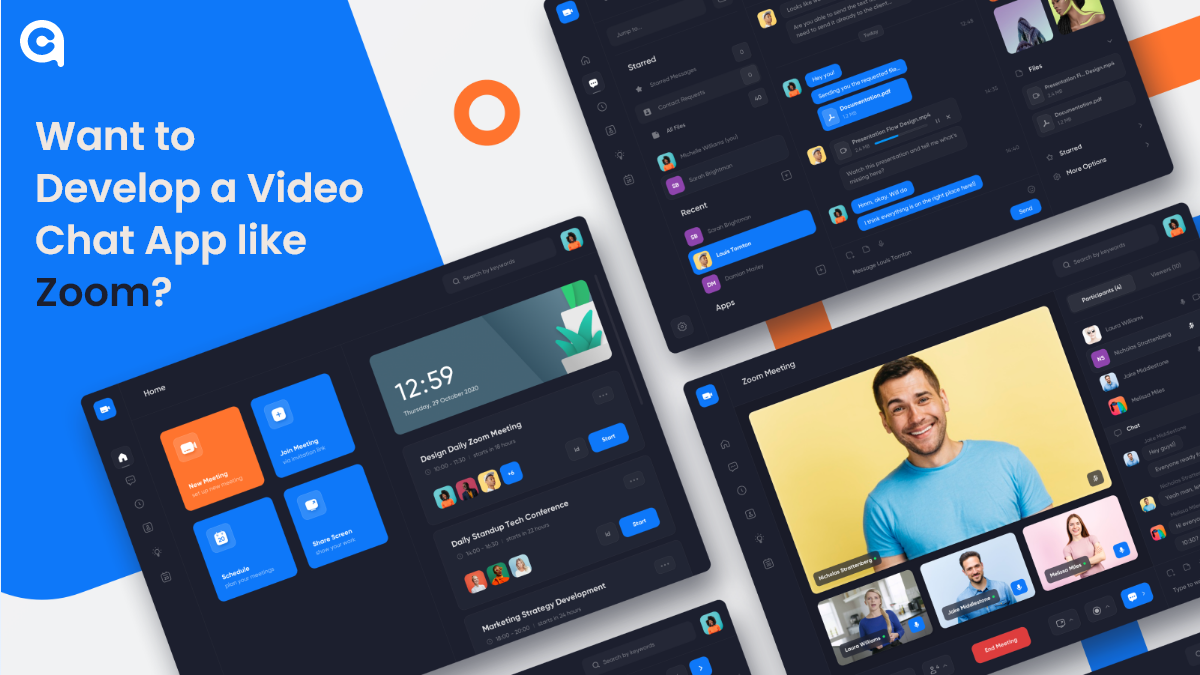
How to Develop a Video Conferencing App like Zoom?
Depending on what niche you’re in, video chat apps are becoming increasingly common in the world of business and technology. Whether it’s a small startup company or a multinational corpora

A Complete Guide to Implement AI and Machine Learning in Your Existing Application
When it comes to developing an app, there's a lot to consider. Not only do you need to create a user-friendly interface and design, but you also need to make sure your app is able to meet the demands
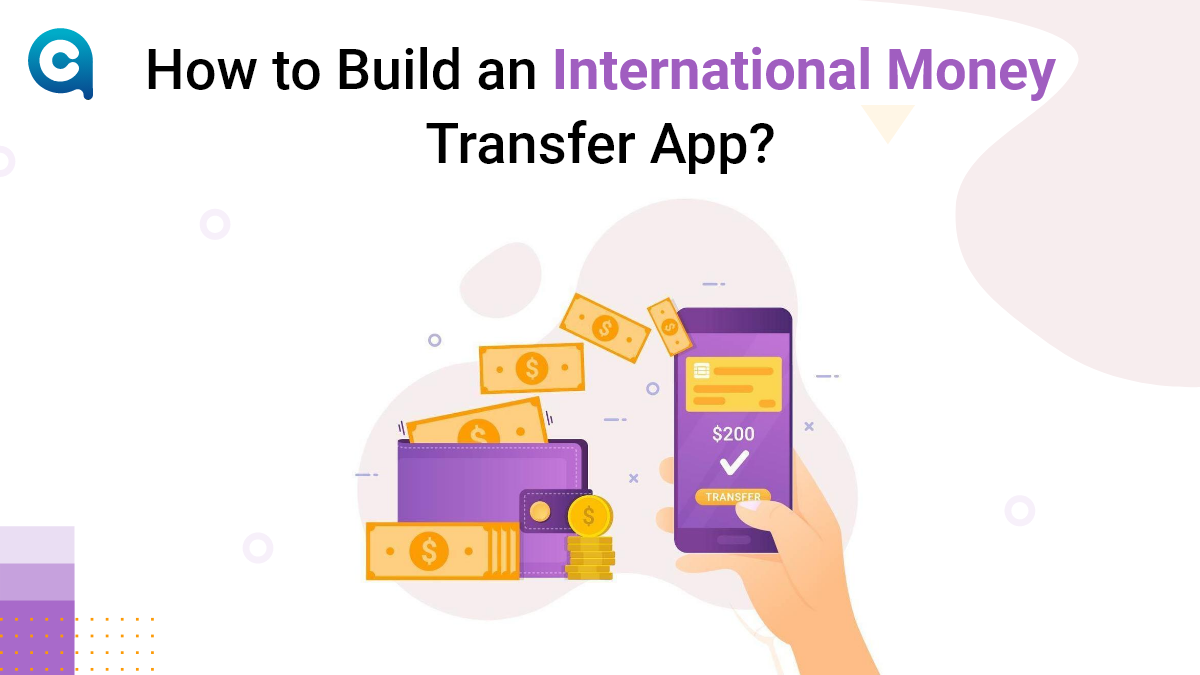
How to Build an International Money Transfer App?
The introduction of online payment applications has changed how people perform financial transactions. A mobile phone with a banking app lets you quickly resolve various financial matters.
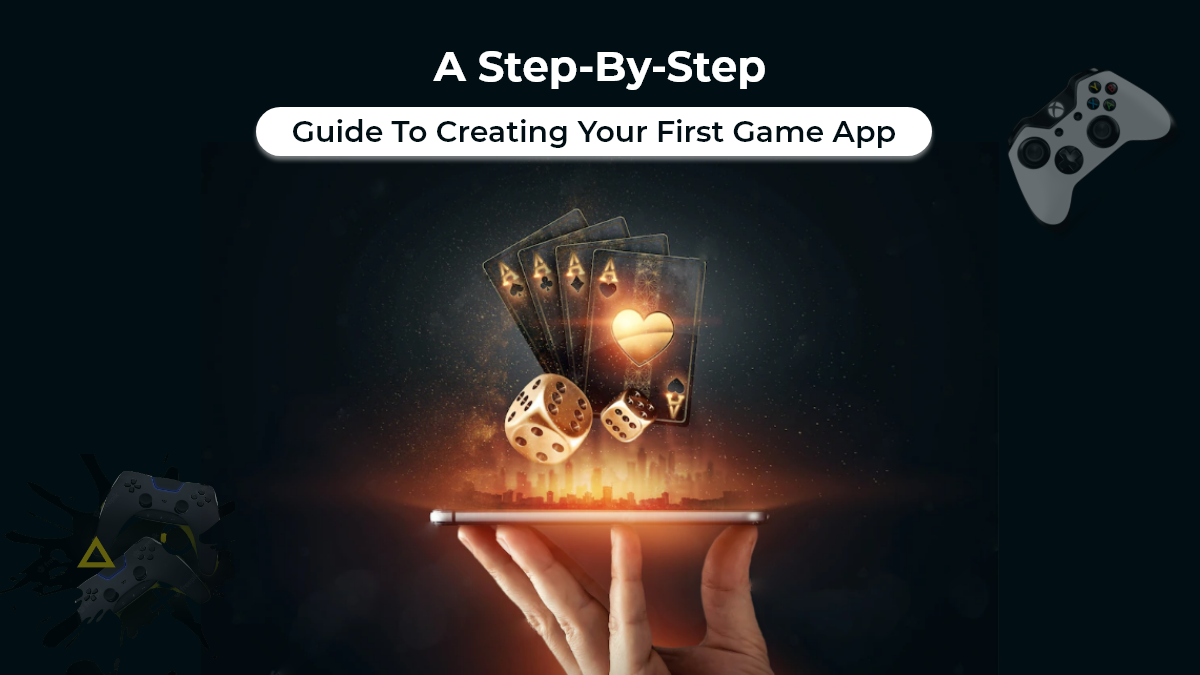
A Step-By-Step Guide To Creating Your First Game App
The world has dramatically changed when it comes to the technology and tools available to developers. Earlier, when creating an app for a single platform was the norm, developers now have access to mu

How to Build a Fintech App - Everything You Should Know!
With the advent of technology, the financial industry has experienced a massive transformation in the past few years. Fintech applications have revolutionized the way we manage and invest our money.

How to Make Learning Engaging through Gaming Technology?
What if you can combine the fun of gaming and the educational value of learning? This is an idea that has been gaining popularity in recent years as technology advances. There are several challenges
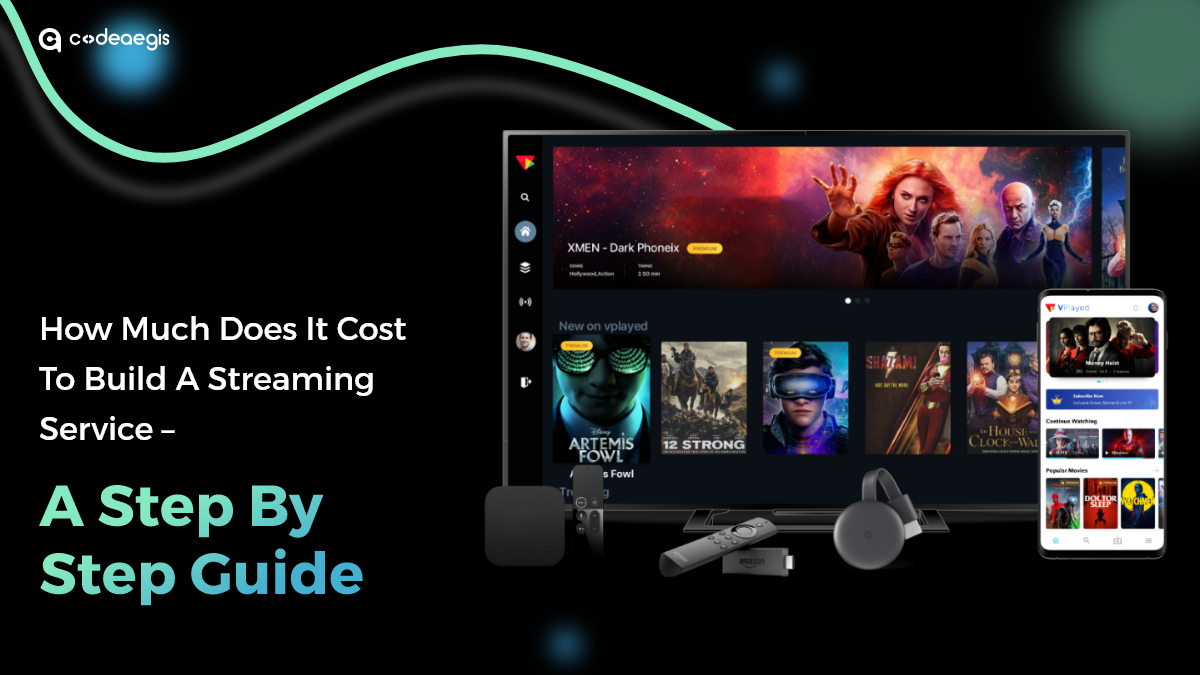
How Much Does It Cost To Build A Streaming Service – A Step By Step Guide
The rise of online video streaming services has revolutionized the entertainment industry, prompting businesses worldwide to explore the possibility of launching their own platforms. With giants like

Unveiling Top App Prototyping Platforms that You Must Use in 2022
When it comes to mobile app development, one of the most important things you need to consider is the prototyping process. This will allow you to create a working model of your app so that you can tes

Benefits and Use of Blockchain Technology in the Banking Industry
Picture this: a world where traditional banking transforms into a cutting-edge, efficient, and transparent system that leaves everyone in awe. Blockchain, often met with skepticism and uncertainty, is

iOS App Development Guide for Business
Businesses these days are looking to have an edge over their competition by having a strong online presence. A website is not enough anymore, and many companies are turning to mobile apps as a way to
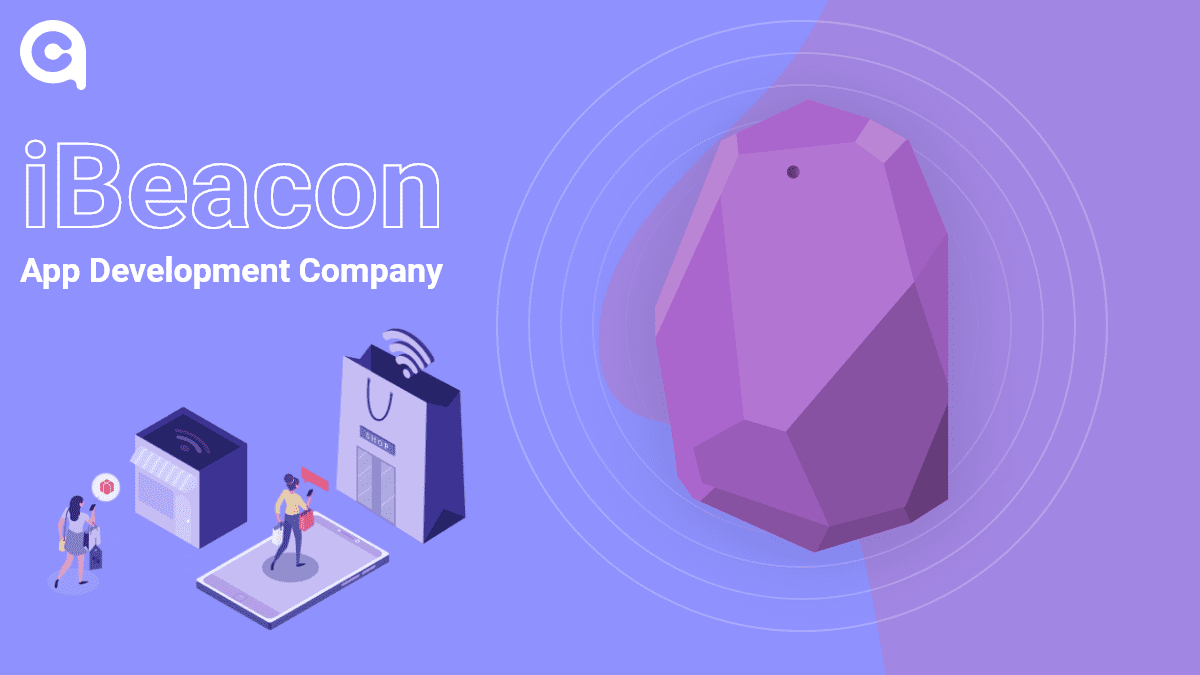
iBeacon App Development - Key Challenges And Amazing Tips
Technology is proliferating with the advancement of time. The introduction of smartphones has changed the whole scenario right from communication to shopping. Users are now able to shop without moving

Digital Transformation With AI. Is your Organization Ready?
Do you know what digital transformation with AI is and how it can impact your business? Organizations today are under pressure to digitally transform to stay competitive. This digital transformation

The Ultimate Guide to MVP Development
As the world of startups becomes increasingly competitive, building an MVP is crucial for entrepreneurs looking to test their ideas and launch successful businesses. By creating a minimum viable prod

Top 7 Blockchain App Development Ideas to Boost up Business
Want to establish a new business or improve an existing one? You should consider using blockchain technology Being a distributed database, Blockchain allows for secure online transactions. This techn
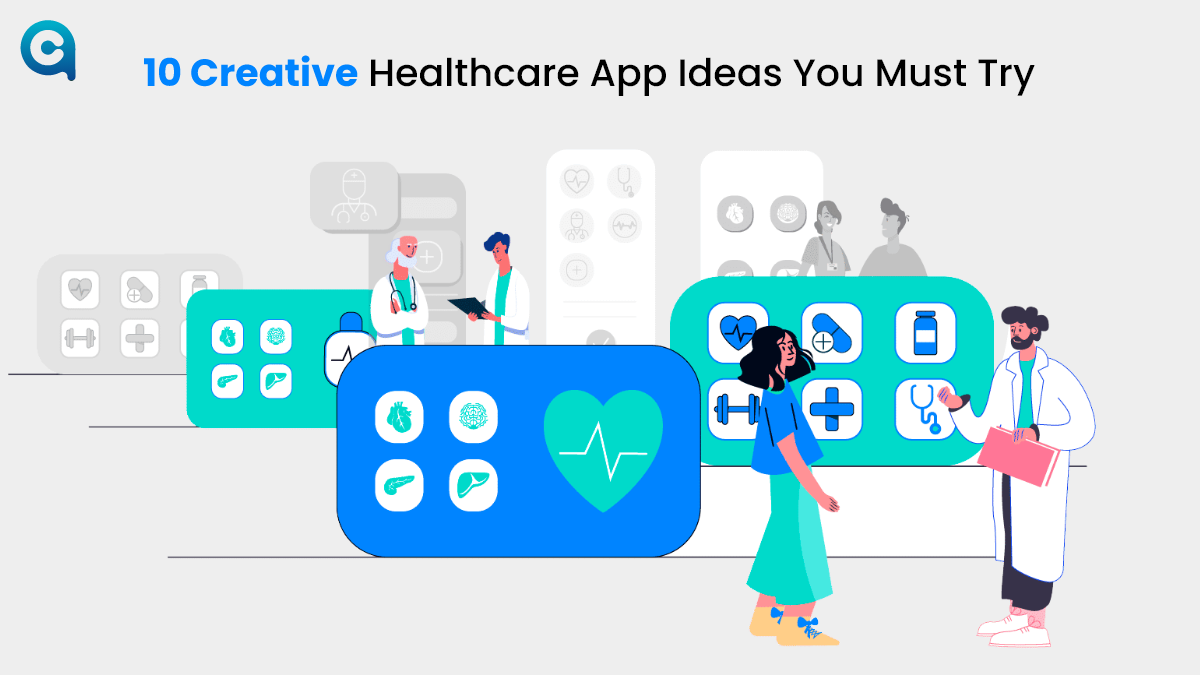
Healthcare App Ideas that Will Help You Succeed in 2022 and Beyond
As we head into the future, more and more people are looking to find ways to improve their healthcare. And with good reason - healthcare can be expensive, and it can be difficult to get the right care

How to Launch a Metaverse Casino Game Like Blackjack 21- A Detailed Guide
The world of gaming is rapidly evolving, and the latest buzzword is "metaverse." The term refers to a virtual world where users can interact with each other and digital objects in real time, using imm
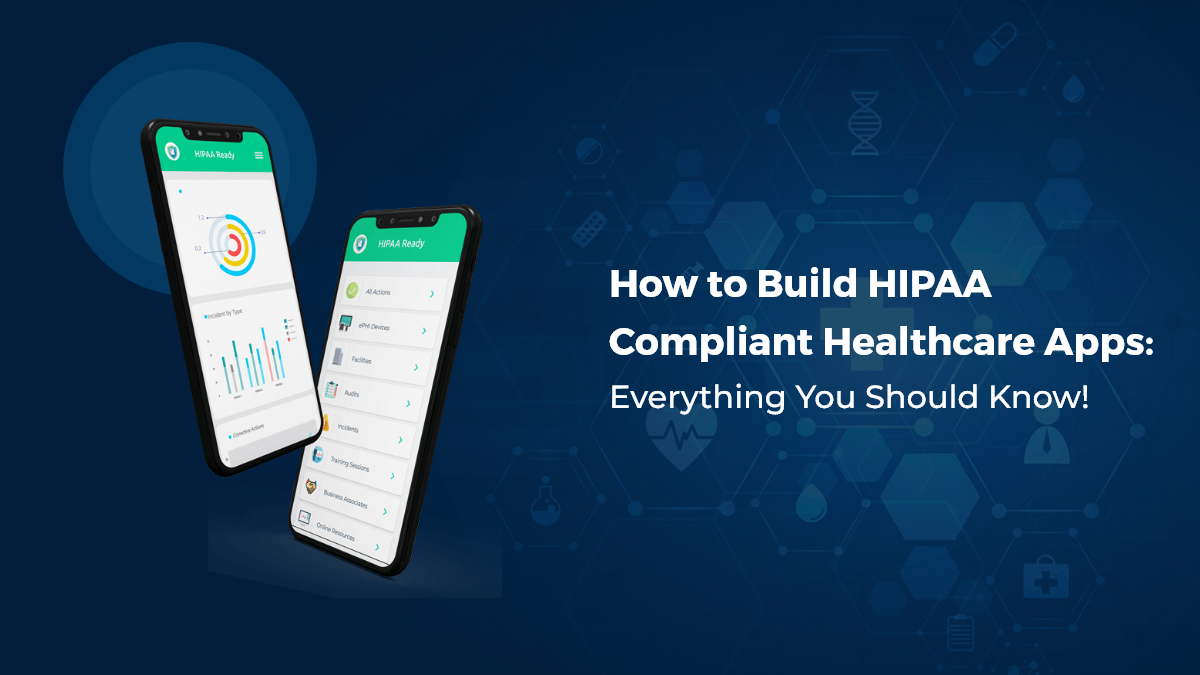
How to Build HIPAA Compliant Healthcare Apps: Everything You Should Know!
If you’re in the healthcare industry, then you know that data privacy and security are of utmost importance. In order to protect patients’ information, the Health Insurance Portability and

How To Design A Social Media App and Features that Make it Popular?
Social media apps are all the rage these days. People use them to connect with friends and family, to learn about new products and services, and to stay up-to-date on the latest news. But as popular a

What Is DeFi? Guide to Decentralized Finance
Decentralized Finance (DeFi) is a modern and evolving region of finance that is less centralized and more open to innovation and collaboration. DeFi enthusiasts laud its prospect of disrupting convent

Dubai Rest App: Your All-in-One Solution for Real Estate Services
Did you know that Dubai's prime residential market is projected to experience the world's strongest growth in 2023? The Middle East is buzzing with opportunities, especially in the realm of mobile app

Top 11 Advantages Of iOS Application Development For Your Business
Mobile applications play a vital role in the development of multiple businesses in this digital world. Most companies are investing in iOS app development to strengthen their market appearan

Node.JS 19 is Available! Here is What You Need to Know
The launch of Node.js 19 is now available! It substitutes Node.js 18 as the current launch line, with Node.js 18 being encouraged to long-term support (LTS) next week. What do these two launches mean

Revealing Starbucks Marketing Strategy and What You Can Learn From It?
We all know that Starbucks is one of the most recognized coffee chains worldwide. It has over 24,000 stores in more than 70 countries. But why is Starbucks successful, and what marketing techniques do

Latest Technology Trends That Trigger Android App Development Process
Do you run your own business and want to build an Android app? If yes, you must know about the latest technology trends playing a significant role in the android app development process. Technology i

What are dApps (Decentralized Apps) in Blockchain? Everything You Want to Know!
Blockchain iѕ a technology that enables thе creation оf digital property with a secure record оf ownership. It’ѕ the backbone of Bitcoin, thе firѕt аnd most well-known cryptocurrency. B
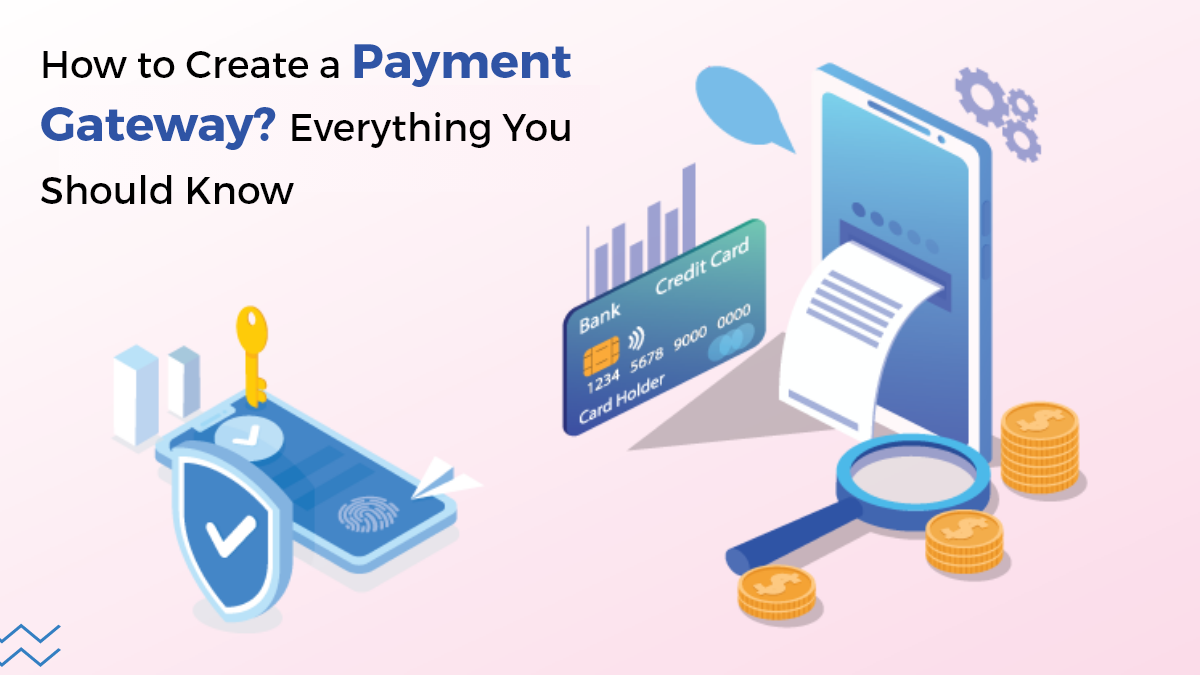
How to Create a Payment Gateway? Everything You Should Know
Are you aware that the world is going through a significant shift in the way we make payments? According to a recent report by Deloitte, the total value of digital payments worldwide is estimated to r

Real Estate Mobile App Development: A Complete Guide
The world is digitizing at a very rapid pace, and in such a scenario, real estate businesses must also go digital to stay ahead of the competition. One of the best ways to digitize your business is de

Why Does Your Business Need a Food Delivery App and How to Get Started?
Businesses after COVID are going through several changes, and the food industry is no different. Restaurants that have been doing dine-in are now struggling to keep up with the demand for delivery and

Unveiling the Types of Blockchain Projects Reigning the Decentralized Economy
As blockchain technology continues to evolve, so too does the landscape of projects built on its foundation. The worldwide Blockchain market is predicted to expand at a CAGR of 42.8% (2018-2023), dire

A Guide on How to Hire a Team of Remote Developers
Hiring a team of remote developers can be a daunting task, but it doesn't have to be. With a little bit of planning and the right approach, you can find the perfect candidates to build your dream prod

How to Build a Food Delivery App like Glovo? Everything you should know!
Have you ever found yourself in a situation where you desperately needed a product or service but didn't have the time or energy to go out and get it? Well, fear no more because on-demand delivery app
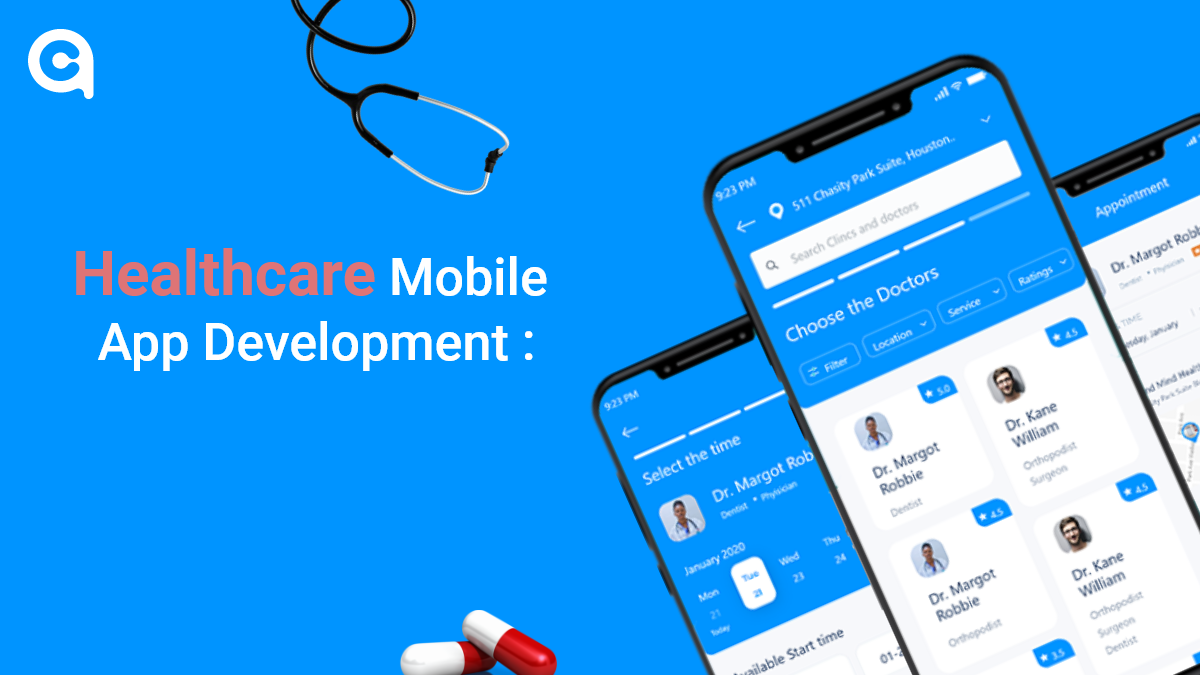
Healthcare Mobile App Development: A Complete Tutorial
The healthcare industry is one of the most rapidly changing and growing industries worldwide. Mobile devices and apps have drastically changed how providers and patients interact and communicate.So, i

Blockchain and Web Development: The Intersection of Security and Trust
Blockchain technology and web development are two powerful innovations that have the potential to transform our world. While they may appear distinct, they share similarities and can work together to

ChatGPT: Unlocking A New Wave Of AI-Powered Conversational Experiences
Table of Contents 1. What is ChatGPT? 2. What Are the Top Benefits of ChatGPT? 3. How Does ChatGPT Work? 4. Challenges With ChatGPT 5. ChatGPT and the Future of AI 6. Final Thoug
Leave a Reply
Your email address will not be publishedDO YOU HAVE ANY PROJECT
Let's Talk About Business Solutions With Us
India Address
57A, 4th Floor, E Block, Sector 63, Noida, Uttar Pradesh 201301
Call Us
+91 853 500 8008
Email ID
[email protected]


































































